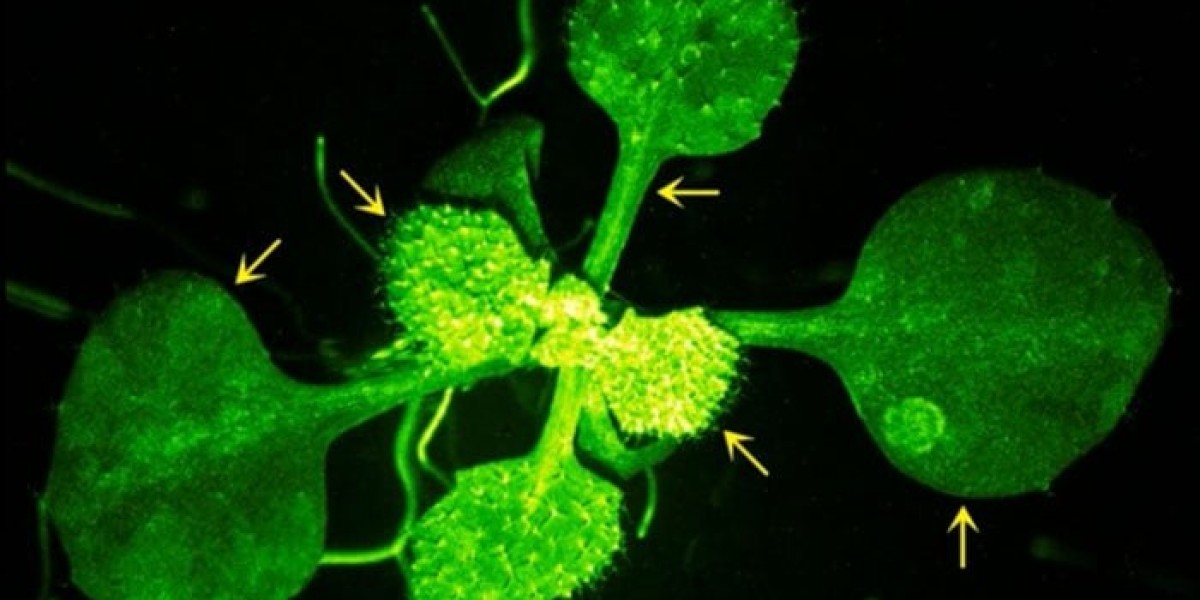In the serene realm of nature, a groundbreaking discovery has unfolded, shattering the silence that surrounds the plant kingdom. Scientists from Saitama University in Japan have unraveled the mysteries of how plants communicate, capturing the ethereal conversation in a mesmerizing video.
A Secret Language Unveiled:
Since the 1980s, scientists have recognized that plants, like humans, possess a sophisticated defense mechanism, with at least 80 species exhibiting defensive behaviors in response to environmental threats. However, the exact method of communication between plants remained veiled in secrecy until the recent breakthrough led by molecular biologist Masatsugu Toyota and his team.
The Experiment Unveiled:
The Japanese scientists embarked on a journey to demystify plant communication. To conduct their experiment, caterpillars were introduced to leaves cut from tomato plants and Arabidopsis thaliana. The compounds released by the damaged plants were then concentrated and pumped onto a recipient Arabidopsis plant. What followed was nothing short of astonishing.
The Visual Symphony of Plant Communication:
The team ingeniously used a genetically engineered Arabidopsis plant with cells containing a biosensor that fluoresced green upon detecting an influx of calcium ions. This allowed them to capture, in real-time, how undamaged plants responded to signals from their injured neighbors. The recorded video showcased undamaged plants exhibiting bursts of calcium signaling across their outstretched leaves, creating a visual symphony of communication in the plant world.
Identifying the Messengers:
By analyzing airborne compounds, the researchers pinpointed two specific compounds, Z-3-HAL and E-2-HAL, as the messengers inducing calcium signals in Arabidopsis. This discovery sheds light on the intricate network of communication that plays a pivotal role in safeguarding neighboring plants from imminent threats.
Guard Cells and Stomata Function:
The study delved further into the role of different cells in the process. Guard cells, forming stomata, were identified as the initial responders to danger cues. When exposed to Z-3-HAL, these guard cells promptly generated calcium signals, highlighting the stomata's function as the plant's 'nostrils.' Intriguingly, pre-treating plants with a phytohormone that closes stomata significantly reduced calcium signaling, providing deeper insights into the mechanism.
The Remarkable Significance:
Masatsugu Toyota, the senior author of the study, expressed the profound importance of this revelation. "We have finally unveiled the intricate story of when, where, and how plants respond to airborne 'warning messages' from their threatened neighbors," he declared. This ethereal communication network, hidden from our view, plays a pivotal role in safeguarding neighboring plants from imminent threats in a timely manner.
Conclusion:
As we gaze into this unseen world of plant communication, the revelation brings a deeper appreciation for the interconnectedness and resilience of nature. The whispers in the green, once concealed, now echo the tales of a sophisticated communication network that allows plants to warn, defend, and thrive in harmony. This groundbreaking discovery not only expands our understanding of the botanical realm but also prompts us to marvel at the intricate language of the natural world.








